In a world that never stops, where notifications constantly demand attention and to-do lists seem neverending, the concept of slow living is a refreshing pause. A slow living garden, with its focus on tranquillity and mindfulness, provides a much-needed escape from the hustle and bustle of modern life.
It’s not about idleness, but about engaging in activities with purpose, presence, and joy. This oasis of calm amid chaos is more than just a garden; it’s a sanctuary for your mind and soul. With its serene focus on tranquillity and mindfulness, a slow living garden offers a peaceful escape from the chaos of modern life. It’s a sanctuary of peace and calm, providing a much-needed respite from the hustle and bustle.
Imagine a slow living garden, with its emphasis on feeling over perfection, as your personal sanctuary of tranquillity. It’s a space that encourages you to breathe, move, and be. Instead of following fleeting trends, you’re creating a space that evolves with you. A place where you can wander barefoot, sip tea under a shady tree, or watch the light change across the leaves at dusk, feeling a sense of peace and calm. This is not just a concept, but a vision you can bring to life in your own backyard.
We’re lucky enough to live in a place with long summers and outdoor living as part of our lifestyle, and a slow living garden fits beautifully. But it’s not just for those with spacious yards or a green thumb. It’s all about designing with intention, rhythm, and connection; not just decoration. Whether you have a sprawling lawn or a cosy balcony, a slow living garden can be tailored to suit your space and lifestyle.
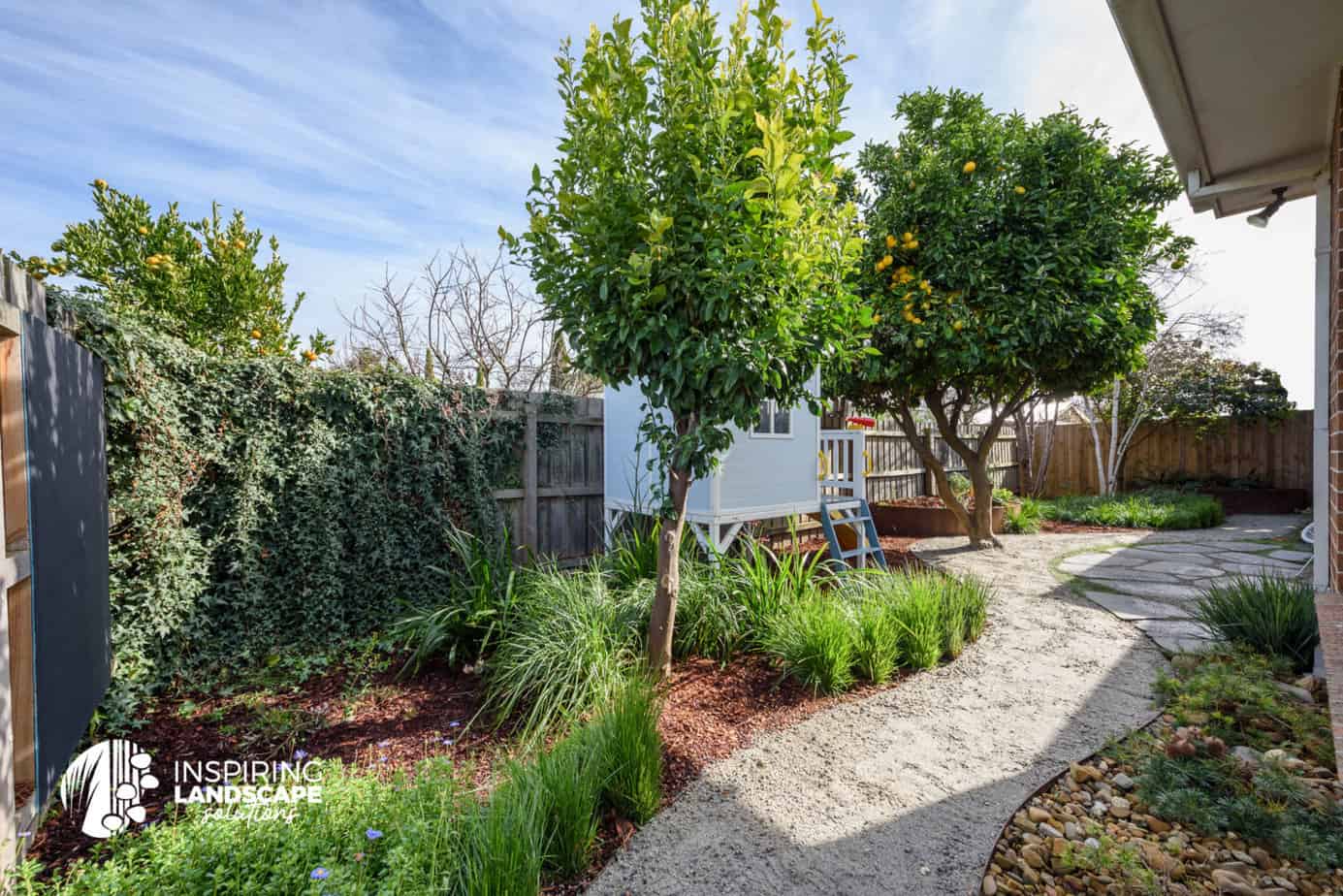
Designing a Slow Living Garden with Flow, Not Fuss
When designing a slow living garden, simplicity is your best friend.
Forget overcomplicated layouts or fussy plantings that demand constant attention.
Instead, think about flow: how you’ll move through your garden, and where you’ll pause.
Flow in garden design refers to the ease of movement and the visual journey through the space, creating a sense of harmony and tranquillity that will bring you peace and calm. It’s about creating a space that feels natural and easy to navigate, where you can move from one area to another without feeling rushed or overwhelmed.
Start by observing your space. Where does the sun hit in the morning? Where do you naturally gravitate to with a cup of tea? These observations will help you map out your garden in a way that feels intuitive and personal, ensuring your slow living garden is a true reflection of your needs and preferences.
- Create soft, natural pathways using gravel, stepping stones, or crushed granite. These materials feel relaxed, blend beautifully with nature, and allow water to soak into the soil. For instance, a winding path of stepping stones leading to a secluded reading nook can add a sense of discovery and tranquillity to your garden.
- Design resting points: a bench under a jacaranda tree, a comfy chair on the verandah, or a hammock tucked in a shaded corner. These small spots become the soul of your garden; little pauses built into the landscape.
- Keep your garden’s lines organic. Curves and gentle transitions are soothing to the eye and make your space feel like it’s part of the natural environment.
It’s not about grand statements; it’s about creating movement, comfort, and calm. When your garden flows naturally, it invites you to explore slowly, without hurry or agenda.
Choose Plants That Reflect the Slow Living Lifestyle
The plants in your slow-living garden should make you feel at ease, not overwhelmed. Choose species that thrive naturally in your local conditions, especially natives.
These plants not only require less maintenance but also attract local wildlife, adding movement and texture to your garden while promoting local biodiversity.
Selecting these plants is a key step in creating a garden that encourages a slower, more mindful pace. Here are a few ideas to get you started:
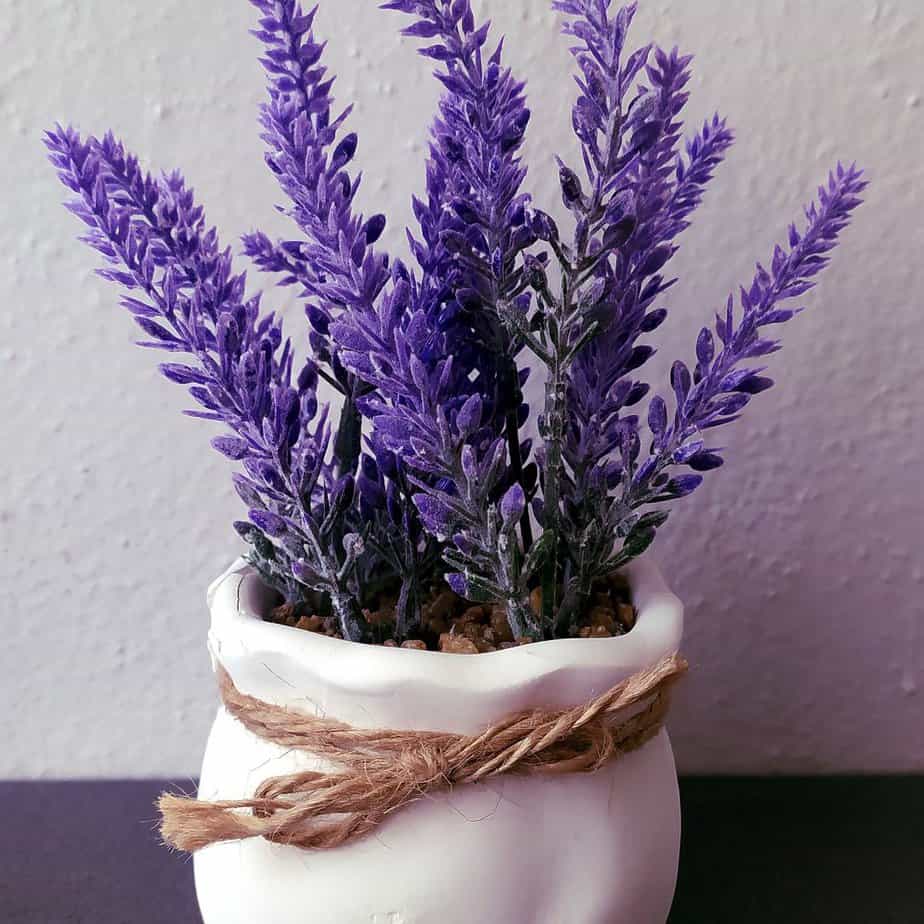
- Lomandra and native grasses: low-maintenance and add gentle, flowing movement.
- Lavender and rosemary: calming scents and soft textures.
- Grevilleas and kangaroo paws: attract birds and pollinators, adding life and song.
- Climbing jasmine or star jasmine: fill the air with scent and soften hard edges.
- Olive trees or citrus: for a touch of Mediterranean charm and year-round interest.
A slow living garden isn’t about filling every inch with colour; it’s about finding harmony between open space, texture, and scent. Think sensory calm, not visual clutter.
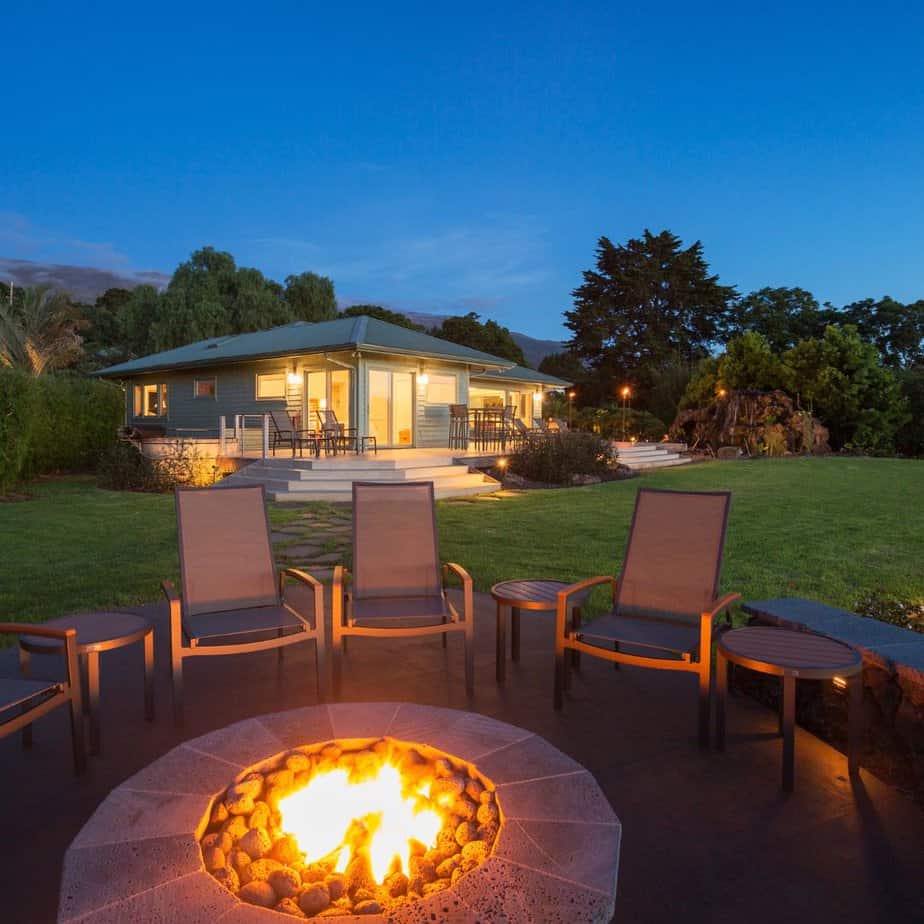
Create Spaces to Pause and Be Present
Slow living is not just about the plants you choose, but also about how you use the space you create. Design areas that invite you to pause, breathe, and enjoy your surroundings.
Your slow living garden should have places that feel personal; little sanctuaries where you can escape for a few minutes or even a few hours. Consider these ideas:
1. A small table and chairs for morning coffee or evening chats. Picture yourself sitting there, the light soft, the air still, with the sound of birds in the distance.
2. A fire pit area where family and friends can gather under the stars. It’s not just about warmth; it’s about connection, storytelling, and shared moments.
3. A reading nook tucked beneath a leafy canopy with cushions or a rattan chair. Let it be your “no phone zone.”
4. A simple water feature, even a small bowl with pebbles and flowing water, creates a tranquil sound that naturally slows your breathing.
If you have a small courtyard or balcony, don’t underestimate its potential. Even a single comfortable chair surrounded by pots of fragrant herbs can become your place of stillness. The idea isn’t size, it’s intention. Every space can offer a moment of calm if it’s designed with slow living in mind.
Embrace the Seasons of Slow Living
One of the biggest lessons of slow living is letting go of control, and gardening teaches it beautifully. Plants grow, fade, and return.
Leaves drop, petals fall, new life begins. Rather than fighting the seasons, celebrate them:
- Let autumn leaves carpet your paths for a while.
- Watch native grasses turn golden in summer.
- Celebrate spring’s bursts of colour.
- Appreciate winter’s stillness.
A slow living garden evolves naturally, and that’s the beauty of it. You don’t need constant pruning or perfection.

The imperfections make it alive, real, and deeply grounding. It’s a place where you can connect with nature and feel a part of something bigger.
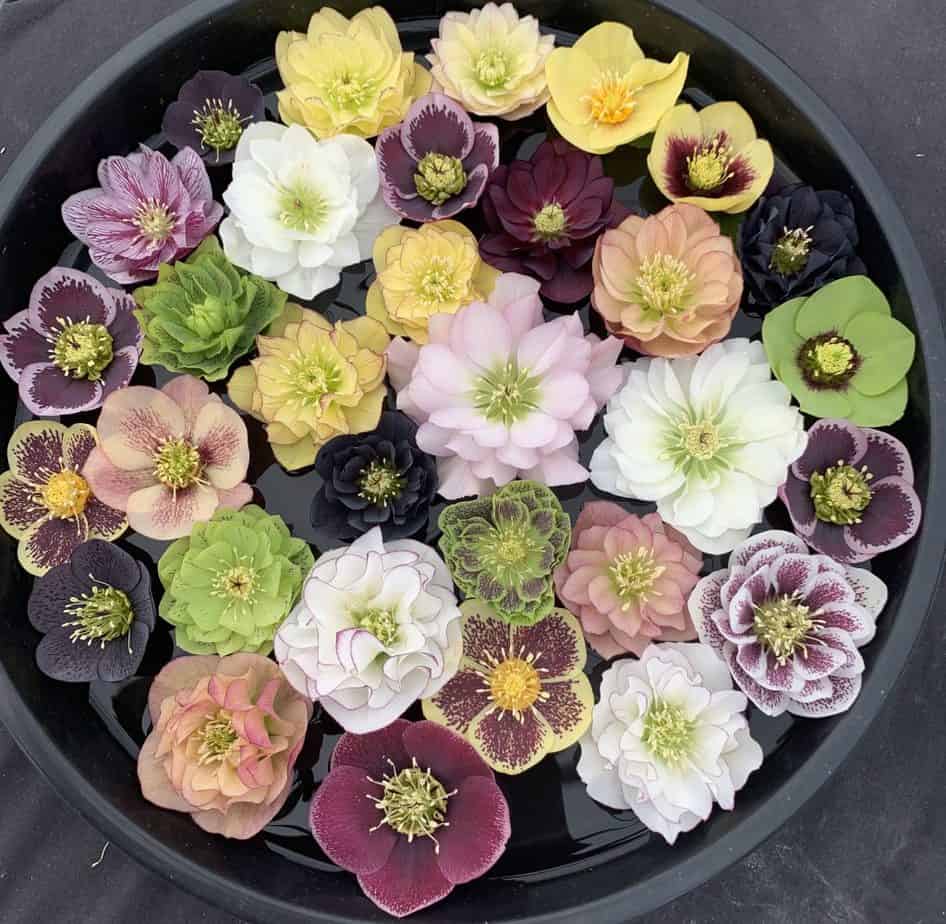
Connect Mindfully With Your Garden
A slow living garden invites you to experience nature intentionally. That means slowing down enough to notice the bees at work, the scent of the soil after rain, the way sunlight filters through the leaves.
It’s about being present and engaged in the moment, fostering a deep connection with your garden. When you’re practising mindful gardening, you focus on one task at a time.
It can deepen your connection with your garden and enhance your overall gardening experience, bringing joy and pleasure to the process and keeping you engaged and excited.
- Mindful gardening: focus on one task at a time. This could be watering, pruning, or planting.
- Barefoot time: feel the grass or soil beneath your feet; it’s grounding and restorative, connecting you to the earth and rejuvenating your spirit.
- Evening rituals: wander the garden at dusk and notice what’s changed since morning.
Your garden becomes more than a place to look at; it becomes a space that nurtures your wellbeing.
The Benefits of a Slow Living Garden
A slow living garden is designed to be lived in. The goal isn’t to spend every weekend maintaining it, but to enjoy a garden that thrives naturally with minimal effort.
Start with native or climate-appropriate plants. They’re adapted to local conditions, meaning they need less water, fewer fertilisers, and little attention once established.
Add a thick layer of mulch to conserve moisture, suppress weeds, and nourish the soil. It’s one of the easiest ways to make your garden more sustainable.
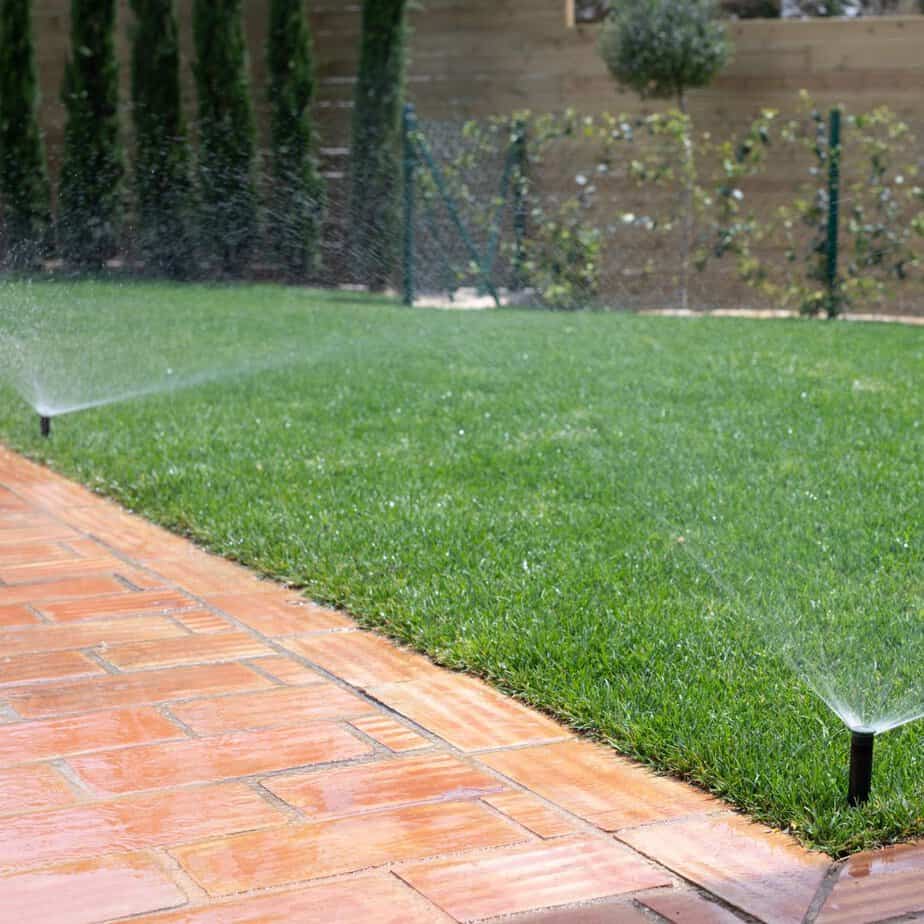
Install drip irrigation systems or soaker hoses to keep watering low-stress and efficient. You can even set up timers so your garden takes care of itself while you’re away.
Think about reusing what you already have. Old pots, bricks, or timber can become rustic garden features, and compost kitchen scraps and garden waste can feed your soil naturally.
If you’re feeling ambitious, collect rainwater or install a small solar-powered fountain; sustainability and serenity often go hand in hand. By keeping things simple and eco-friendly, you create a garden that respects nature while freeing you from unnecessary maintenance. It’s slow living at its most practical.
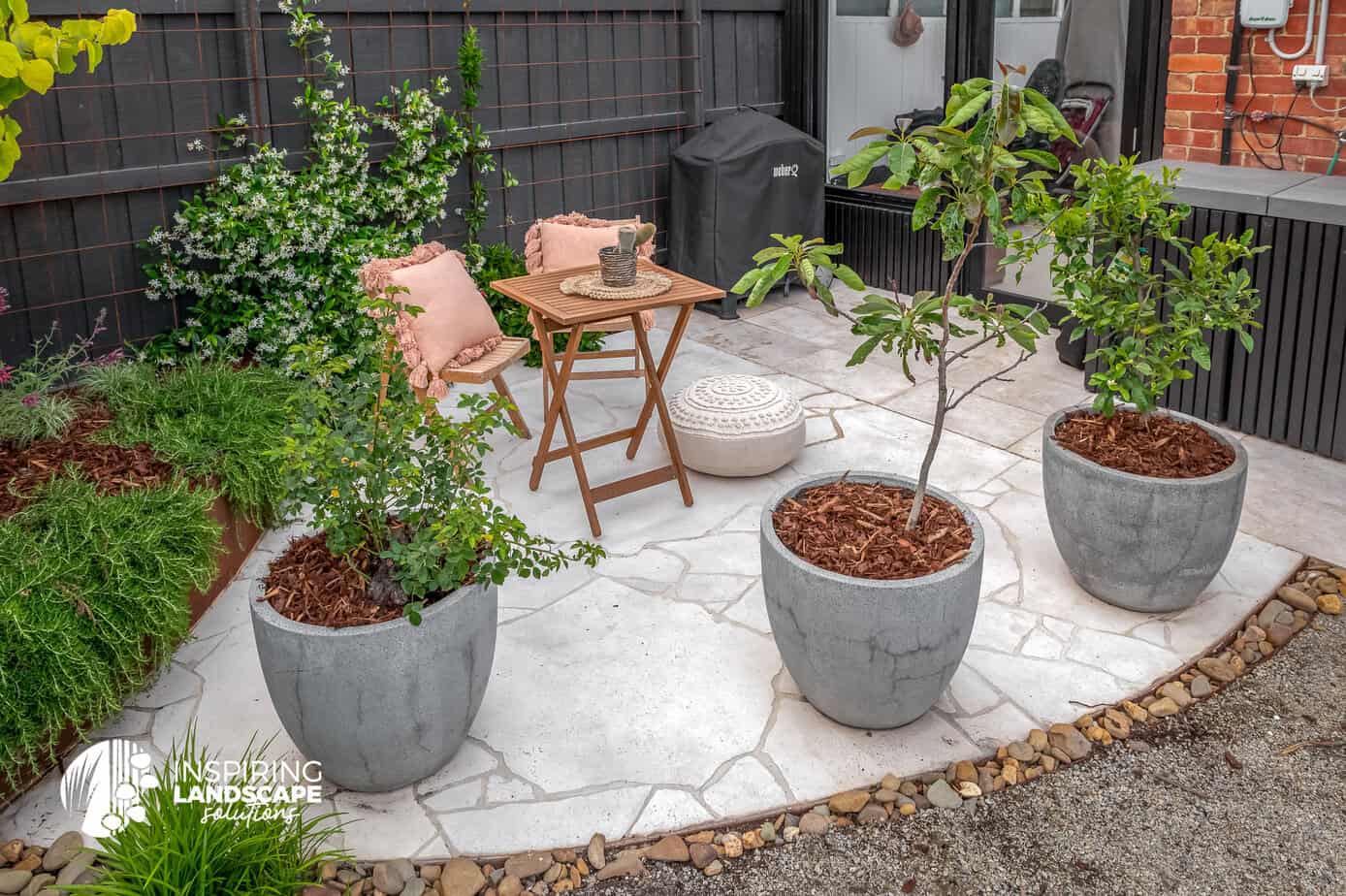
Case Study: Designing Gardens That Embrace Slow Living
At Inspiring Landscape Solutions, we believe that slow living starts in the spaces we create; places that invite calm, reflection, and a deeper connection to nature. We’ve brought this philosophy to life in many of our designs.
Two recent projects stand out as beautiful examples of how thoughtful landscaping can transform everyday gardens into true sanctuaries of slow living.
Both spaces were created with reflection zones, sensory experiences, and lower maintenance in mind, offering calm, beauty, and connection to nature.
Berwick: A Lush Hamptons-Inspired Haven
For our clients in Berwick, the goal was to create a calming, contemporary garden that complemented their Hamptons-style home.
The existing outdoor space lacked a serene feel, so we extended the coastal-inspired look beyond the interior with a soft white and green palette, accented with gentle purples for a soothing touch.
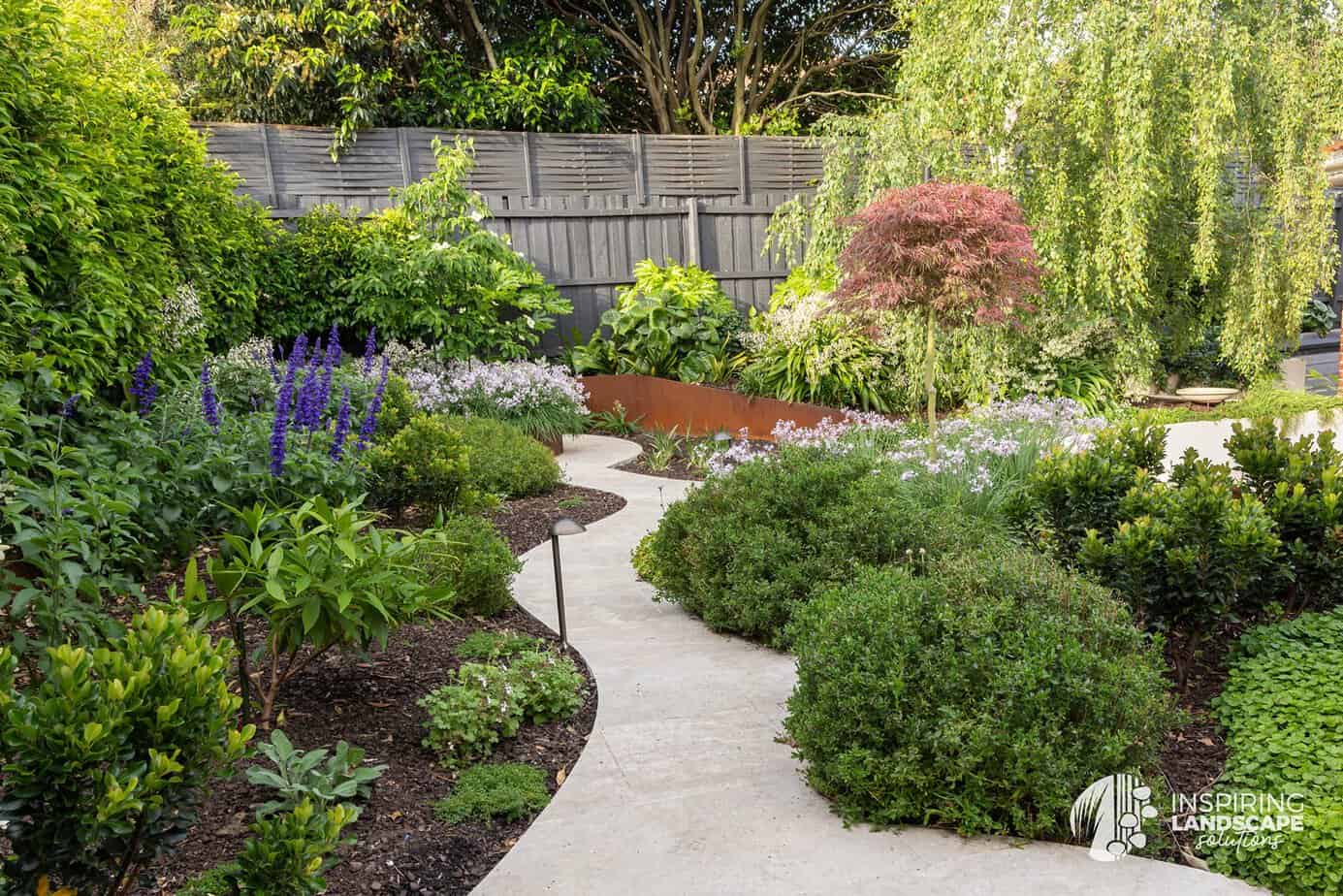
A reflection zone was added to the rear garden; a quiet spot to sit with a cup of tea and enjoy the sunshine. We retained the mature birch tree, which now frames the view beautifully and brings movement and life to the space.
Six months later, the client shared that she loves watching her garden from the kitchen window. This is proof that slow living isn’t just about time spent outdoors, but also the sense of calm it brings indoors.
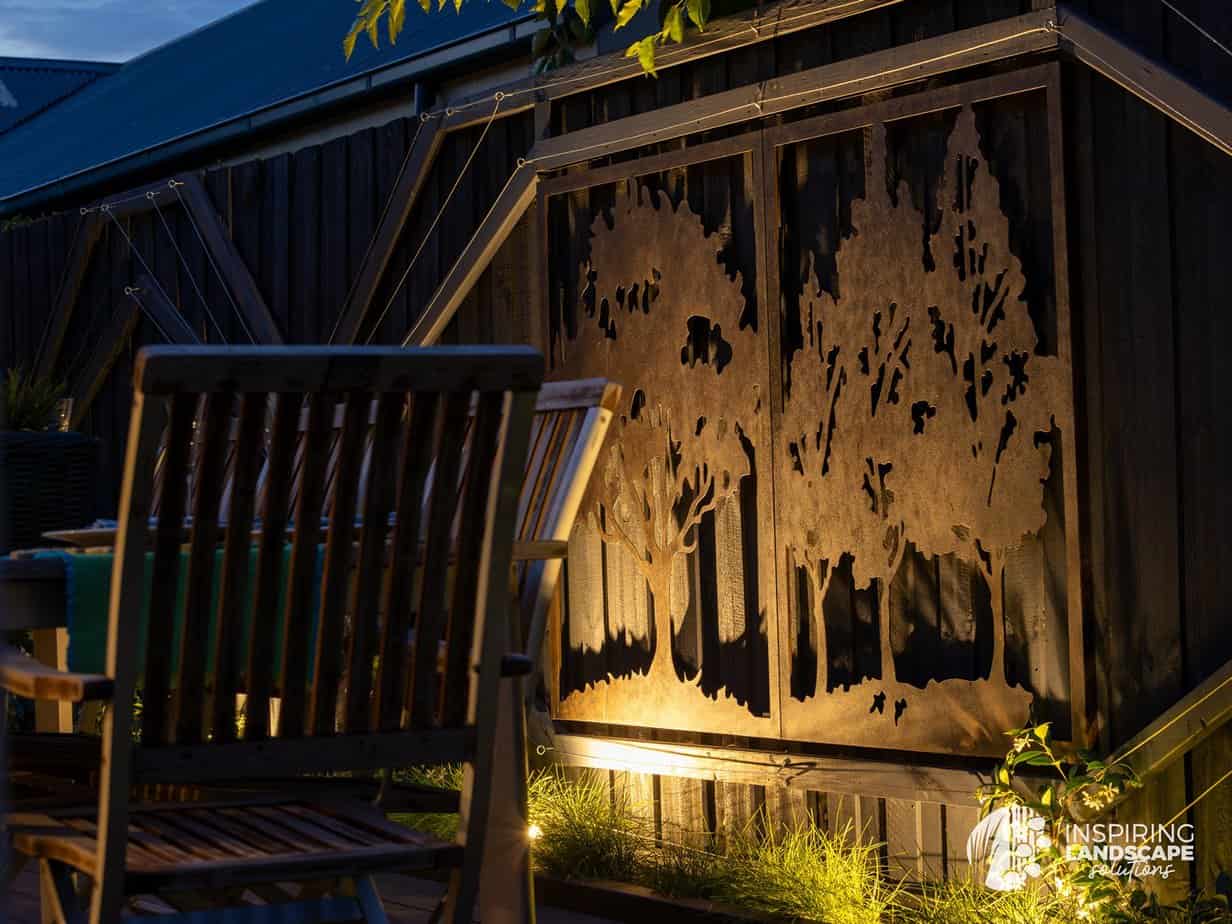
Highett: Small Space, Big Impact
In Highett, we transformed a compact outdoor area into an artistic, low-maintenance retreat. Every detail was considered to maximise impact, from the refurbished deck to the custom water feature and bird bath, which now attract daily visits from local birdlife.
A mix of natives and exotics provides texture and colour with minimal upkeep, while feature rocks create a subtle rockery effect that adds grounding and structure.
A custom trellis designed to showcase the client’s steel artwork turned a simple fence into a standout feature, seamlessly blending art and nature. This small but thoughtful design proves that even the most compact gardens can encourage reflection, relaxation, and a slower pace of life.
Both gardens show how intentional design and meaningful details can turn an outdoor space into a sanctuary. Whether large or small, a slow living garden isn’t just about aesthetics; it’s about creating spaces that invite you to pause, breathe, and reconnect with what matters the most.
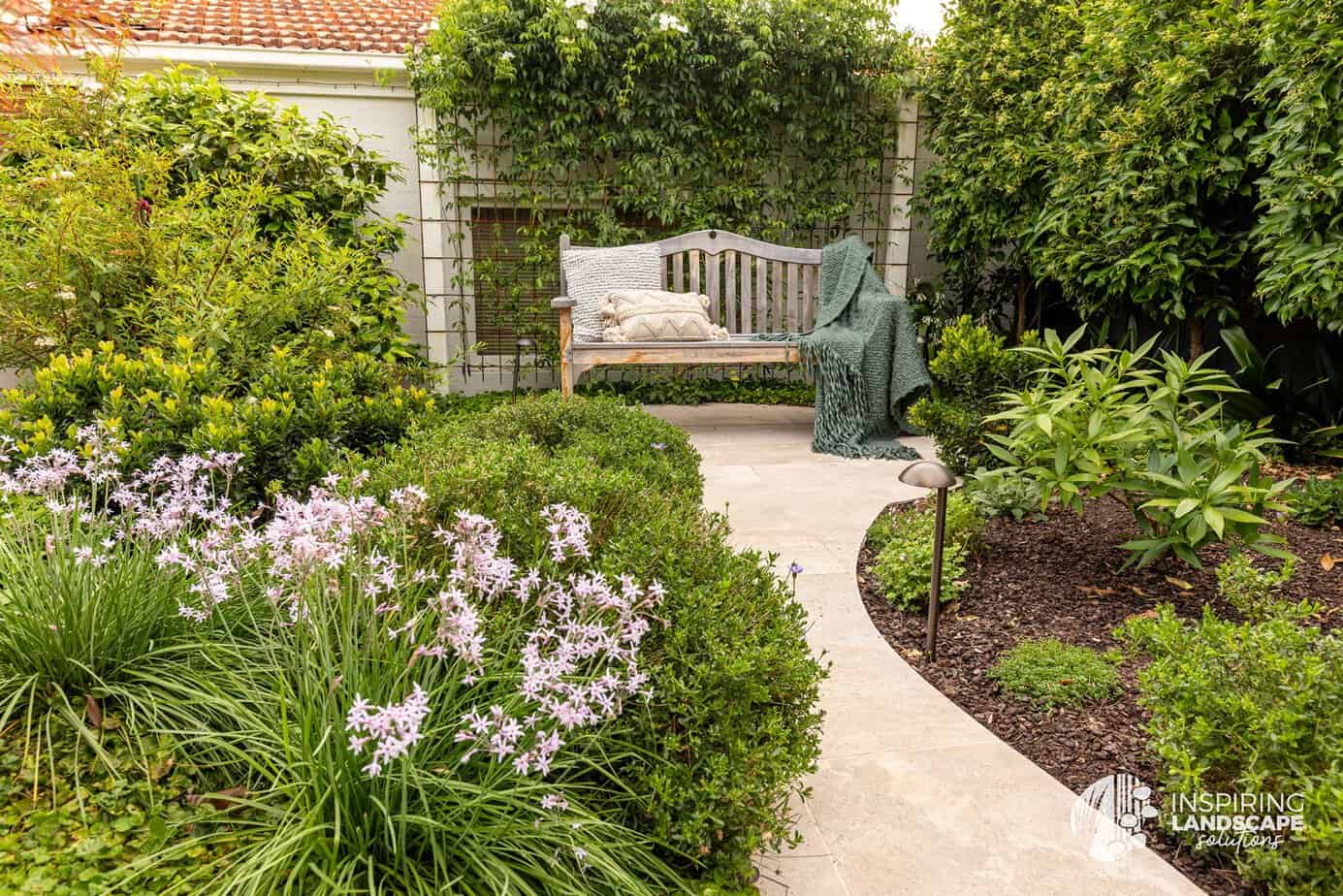
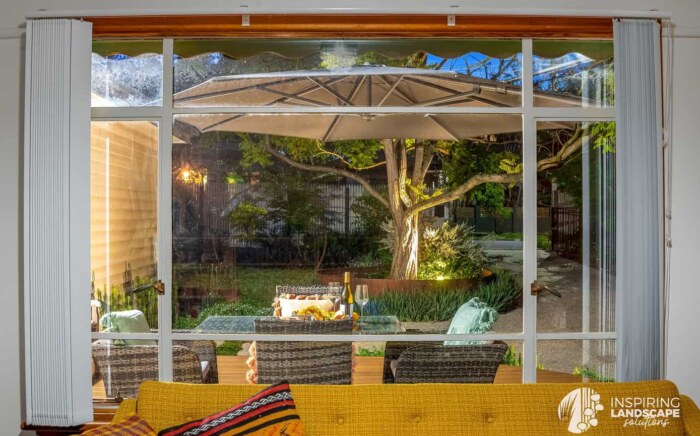


Leave a Comment